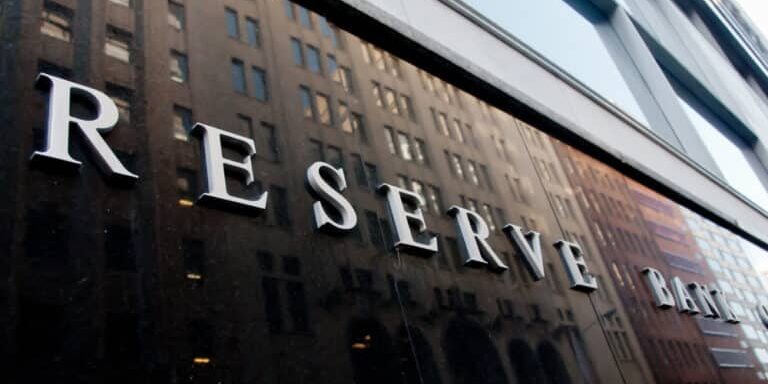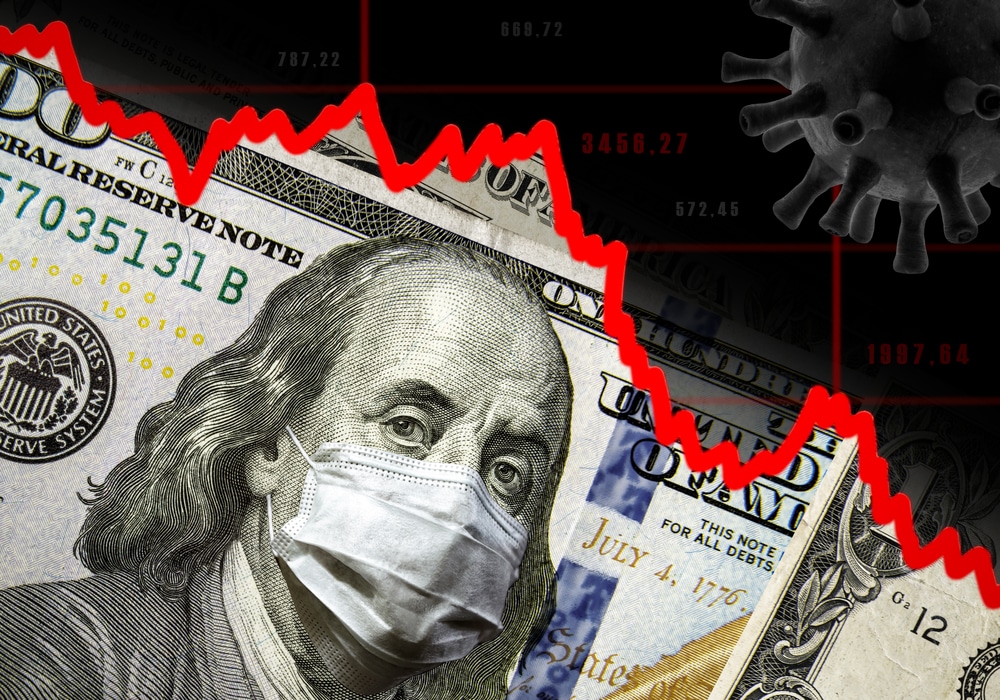
The Quiet Revolt: Why Gold is the Real De-Dollarization Weapon
De-dollarization has become a trending topic amid the rising strength of the BRICS bloc and surging U.S. debt. But according to one analyst, while many are focused on competing currencies or digital assets, the real de-dollarization play is gold.
“People are not seeing the real ‘de-dollarization’ in progress,” essayist and mathematical statistician Nassim Taleb said in an X post. “It is not [about] trade settlements. Transactions are labeled in USD, as an anchor currency, but central banks (particularly BRICS) have been storing, that is, putting their reserves, in Gold.”
“Gold is up ~30% y-o-y,” Taleb highlighted.
Luke Gromen, founder and president of Forest for the Trees, responded with the following chart, noting that “It's quietly been underway for 10 years; got much louder post-2022 sanctioning of Russian FX reserves.”

As Gromen mentioned, chatter about de-dollarization has been on the rise for the past several years. The decision to freeze Russian assets after the country invaded Ukraine served as a wake-up call for those who held large portions of their reserves in U.S. Treasuries.
Geopolitical and financial analyst Angelo Giuliano posted the same chart as Gromen, saying, “De-dollarization is happening.”
“Instead of buying US debt, countries are buying GOLD,” he added. “The US dollar Ponzi scheme is collapsing...the US exorbitant privilege to print endless amount of paper toilet currency is over. Gold hit an all-time high today [Sept. 12]. +30% yearly performance. Only the beginning.”
X user The Parabolic responded to Taleb’s post by noting that “The emerging monetary order can be summed up using Jevons' 3 key functions of money: store of value, unit of account, and medium of exchange.”
“It is a historically odd and an aberration to have USDs/USTs serve all three roles,” they said. “Between 1922 (Genoa Conference) and 1971 (Nixon shock), the Anglo powers removed physical gold as the international store of value. They replaced gold with government promises (banknotes, bonds, etc.), and the resulting debt-based system is extremely unstable, requiring ongoing quick fixes to not blow up.”
Taleb “shows that while the USD instruments can function as a medium of exchange and unit of account, their role as a store of value is being questioned by some of the world's largest economies,” The Parabolic said. “BRICs et al wanna take us Back to the Future.”
And touching on Taleb’s point that transactions are labeled in USD, author Richard Turrin noted that the “dollar's high percentage in trade settlements is increasingly meaningless,” as “1) Gold holdings show reserve storage, and 2) Migration of trade to alternate currencies isn't captured on SWIFT statistics.”
“The US will tout the USD's high percentage use in trade all the way to the bottom,” Turrin said.
According to the World Gold Council’s 2024 Central Bank Gold Reserves Survey, 29% of respondents plan to increase their gold holdings within the next 12 months, the highest percentage since the survey began in 2018.
Additionally, 62% of respondents believe the dollar’s share of total reserve assets will decrease within five years, up from 55% in 2023.
According to the survey, the growing diversification into gold comes as central banks see an increasing shift in global financial markets as the U.S. role as the world’s reserve currency continues to diminish.
And with the Fed expected to start cutting interest rates next week, many analysts see that as further evidence of the weakening dollar, which could positively impact gold’s price.
“We believe that the long-awaited Fed rate cut will drive gold to new highs,” ING commodity strategis Ewa Manthey said in a Monday note. “The US presidential election in November will also continue to add to gold's upward momentum through to the end of the year, in our view.”
“Geopolitics will also remain one of the key factors driving gold prices,” she added. “The war in Ukraine and the Middle East and tensions between the US and China suggest that safe-haven demand will continue to support gold prices in the short to medium term. Central banks are also expected to keep adding to their holdings, which should offer support.”
“We now see gold averaging $2,580 in the fourth quarter, resulting in an annual average of $2,388,” Manthey concluded. “Gold’s upward momentum will continue next year with 2025 prices averaging $2,700.”
This article originally appeared on Kitco News.











